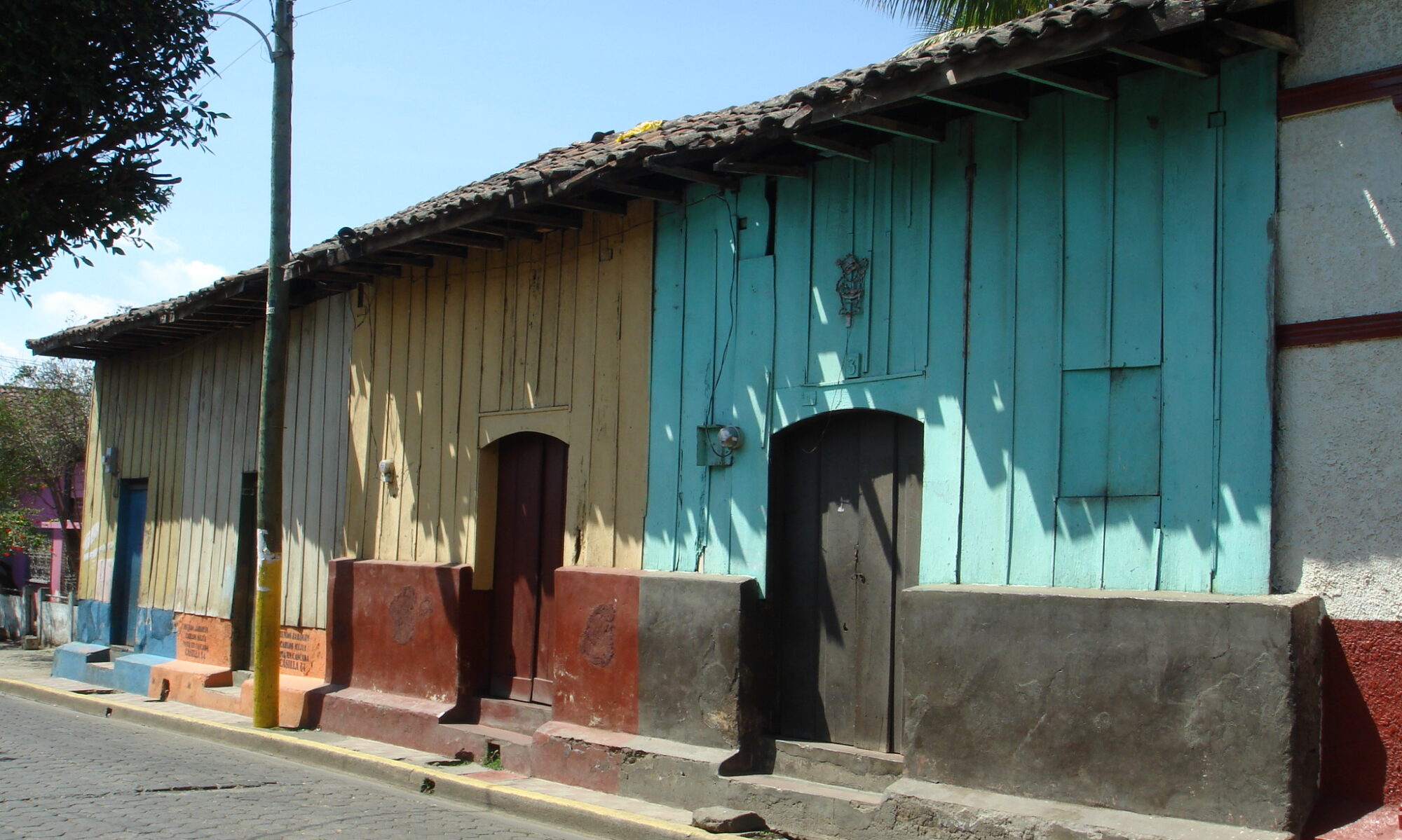by Igor E. Itskov, Ashimbayev M. Umarbayevich, Nikolai B. Chernov
This is a typical urban residential construction type commonly found in the southern part of Kazakhstan. Typical buildings of this type are 5- or 9-stories high. This is a prefabricated large panel construction typical for the post-Soviet Union. Large panel buildings with two interior longitudinal walls (as described in this contribution) were developed in Kazakhstan and were specifically designed for the areas of high seismic hazard (intensity 9 and higher per MSK scale). It is considered that this building type (with two interior longitudinal walls) is superior as compared to other large panel building types (usually characterized with one longitudinal wall only) in terms of seismic resistance. The load-bearing system consists of precast reinforced concrete walls and floor panels. All precast members are joined in a box-type structure by means of panel joints. Facade walls are usually made of 2 exterior layers of low-strength lightweight (ceramsite) concrete with good thermal insulation properties and the interior layer of normal-weight concrete. Large panel buildings are generally well-known for their good seismic resistance, which is mainly due to the large rigidity and high degree of redundancy. The fundamental period of vibration for a 9-story building of this type is approximately 0.35-0.4 sec. Large panel buildings of a similar construction (with one longitudinal interior wall) existed in Armenia at the time of the 1988 Spitak earthquake and they remained undamaged, whereas other precast construction types (mainly concrete frame construction) had suffered significant damage and/or collapse. Although the buildings of this type have not been exposed to major damaging earthquakes in Kazakhstan as yet, their dynamic performance was evaluated by means of harmonic forced vibration tests simulating earthquake effects. The buildings subjected to these tests did not experience any damage.


